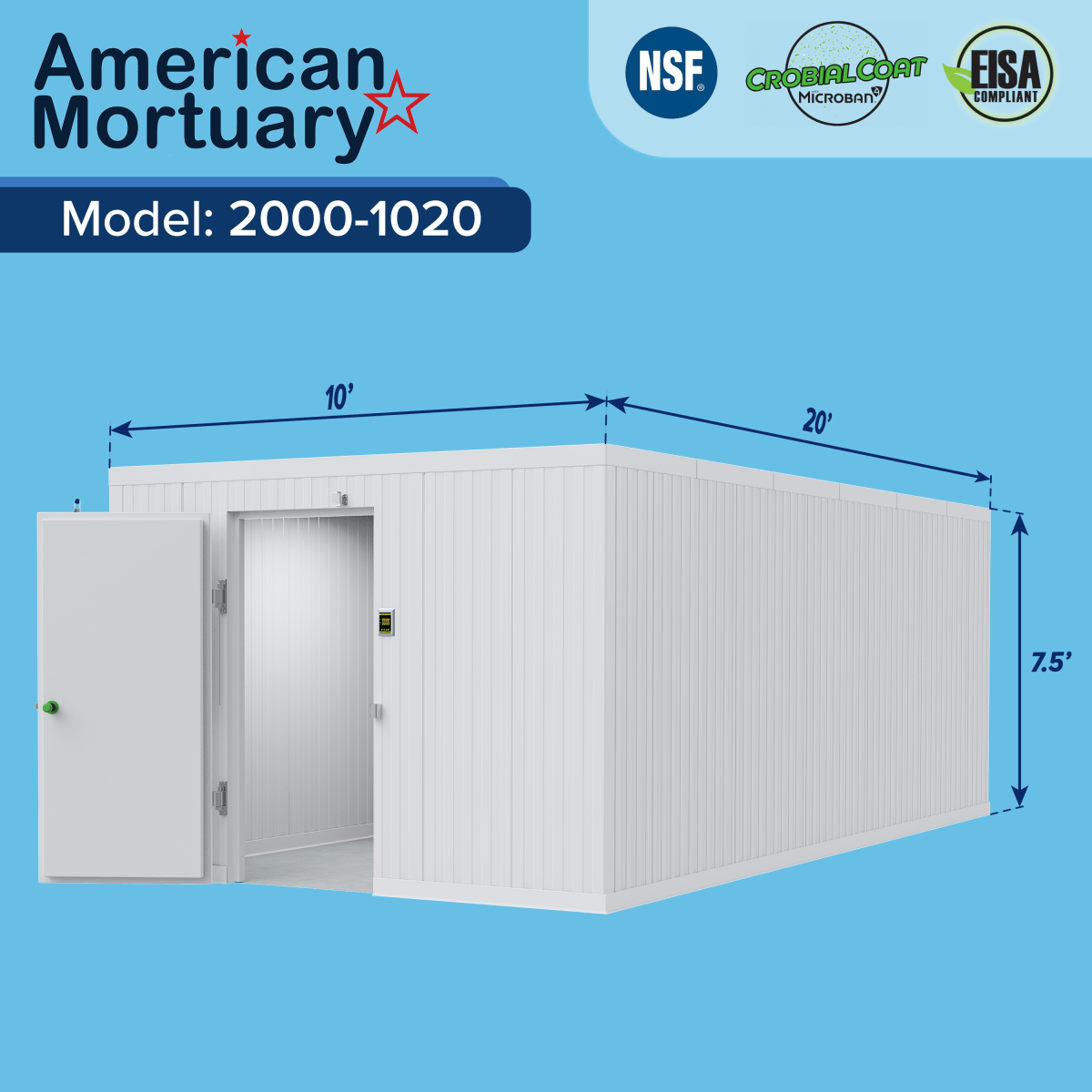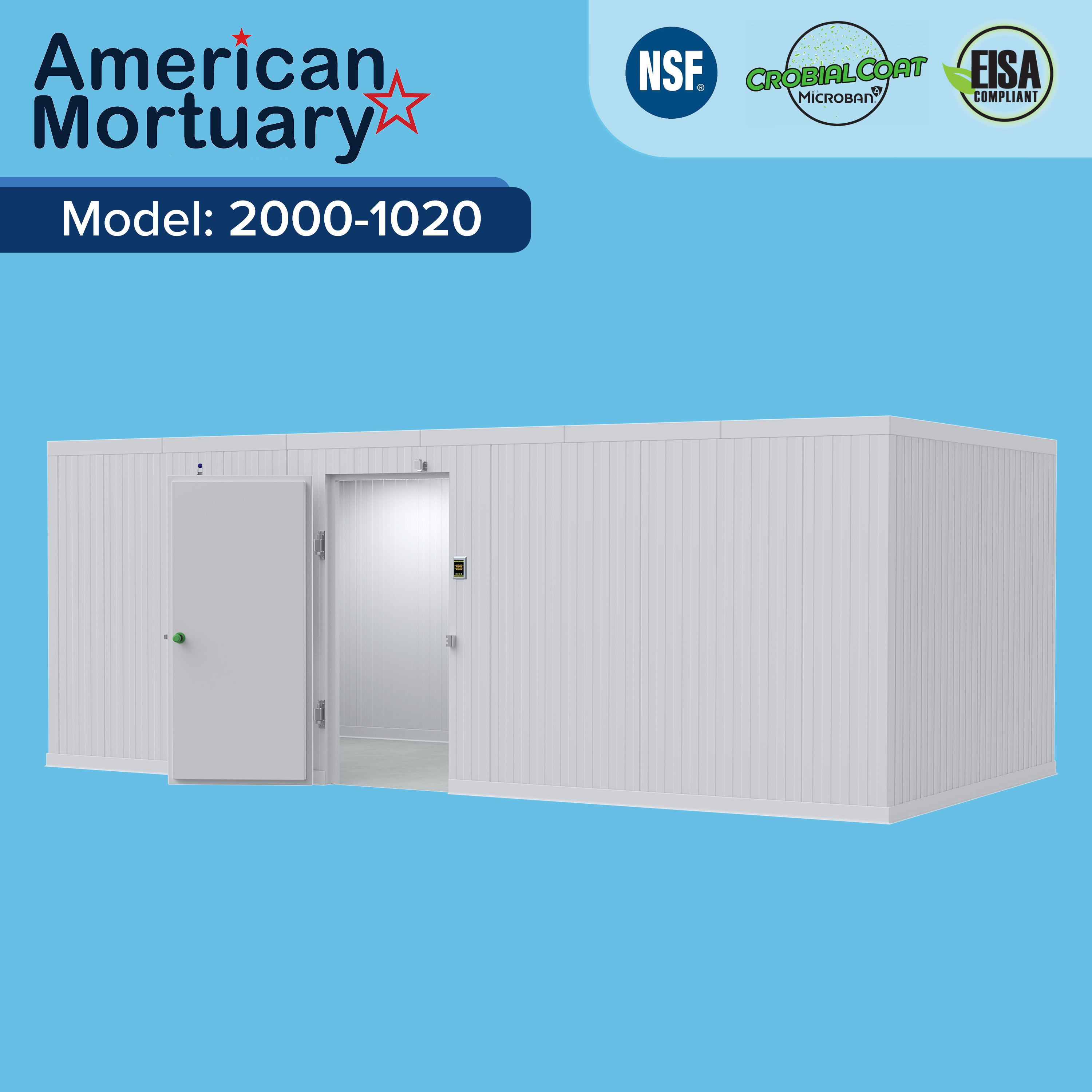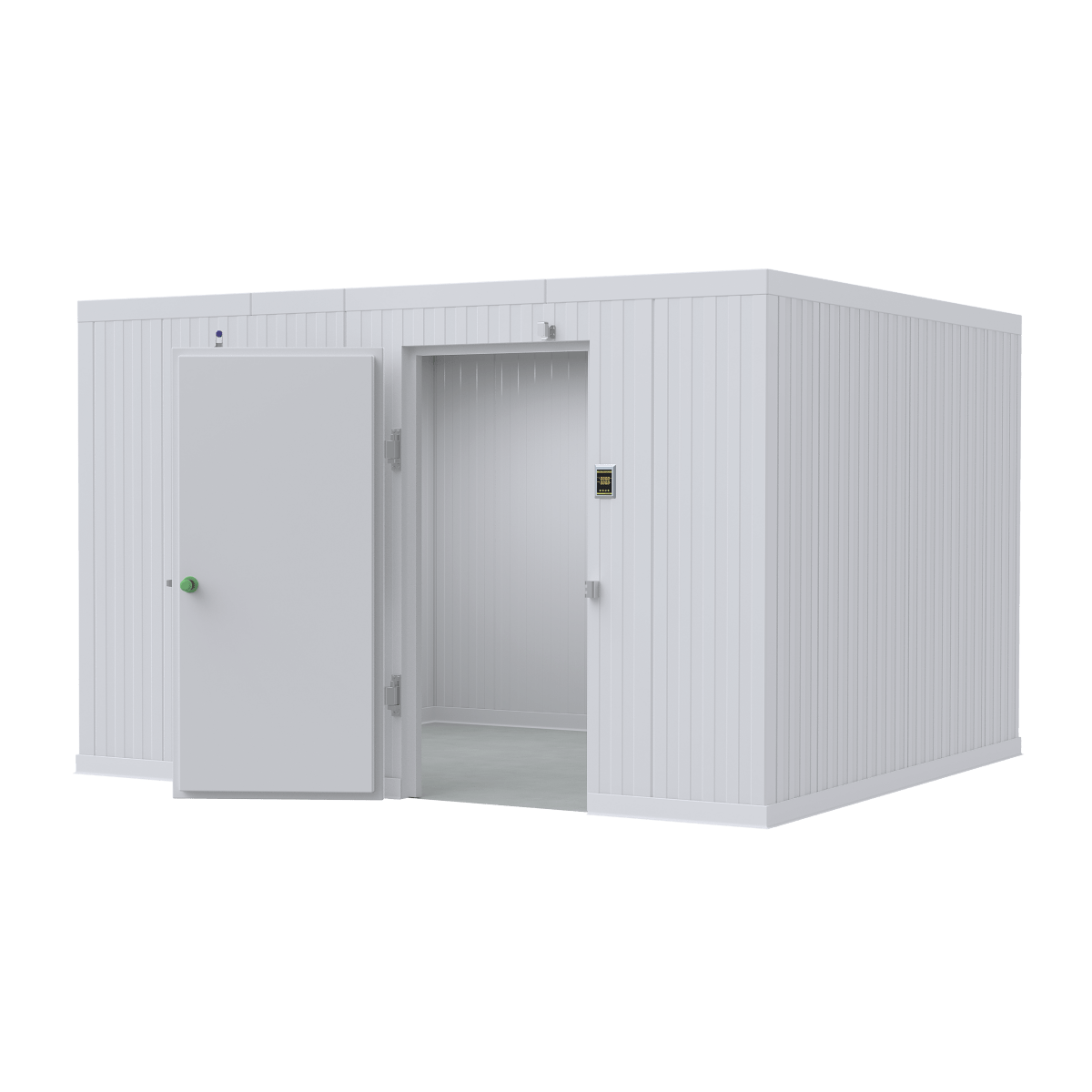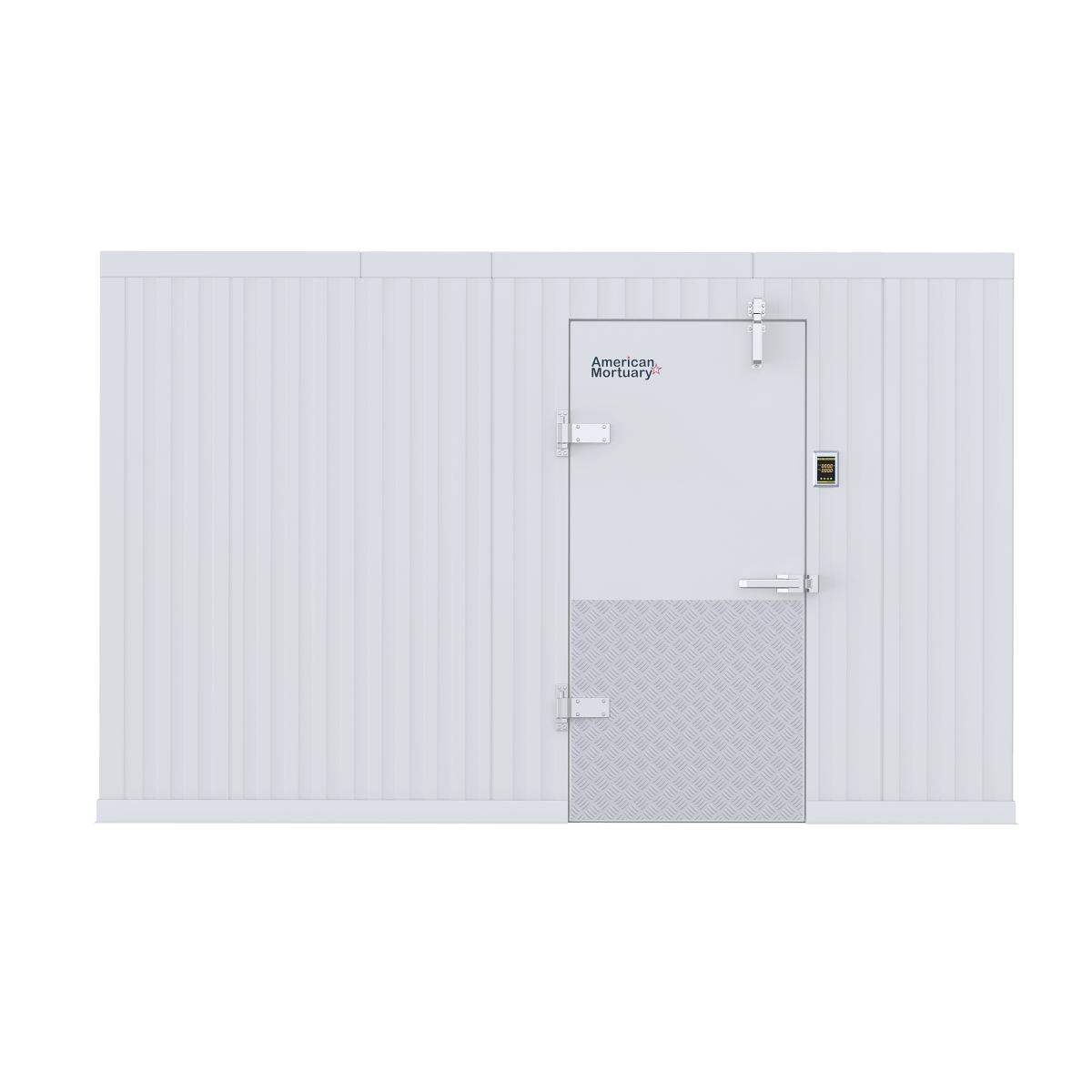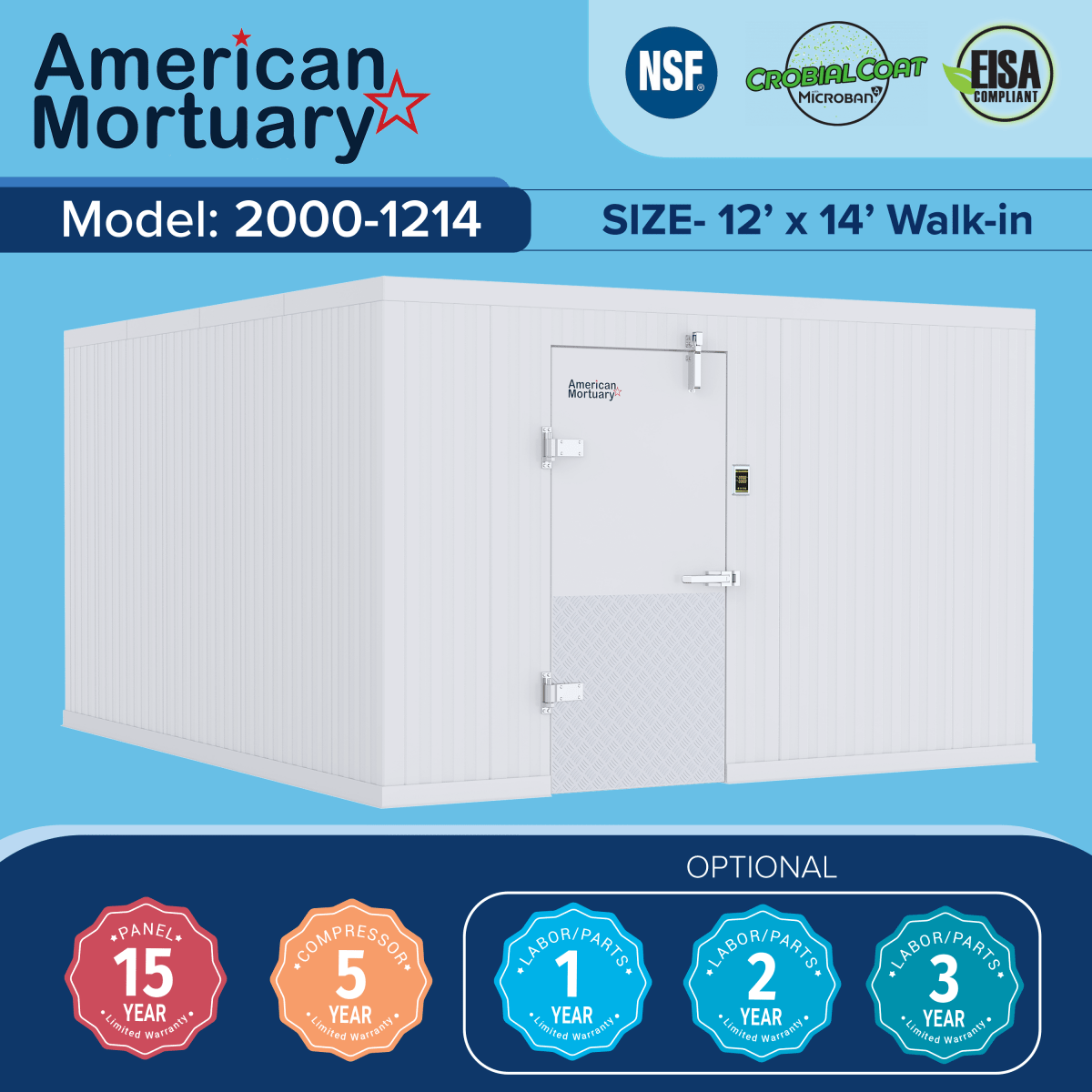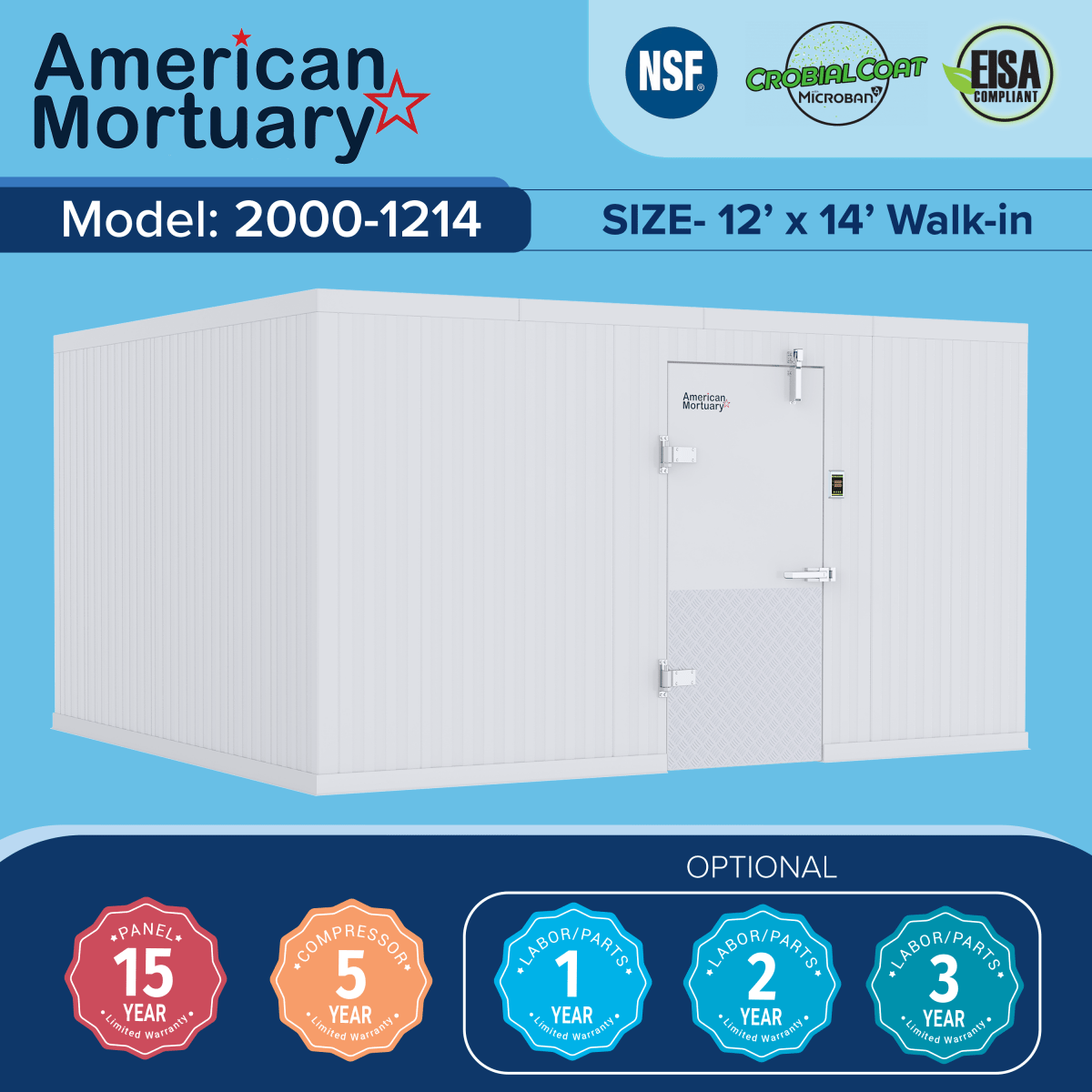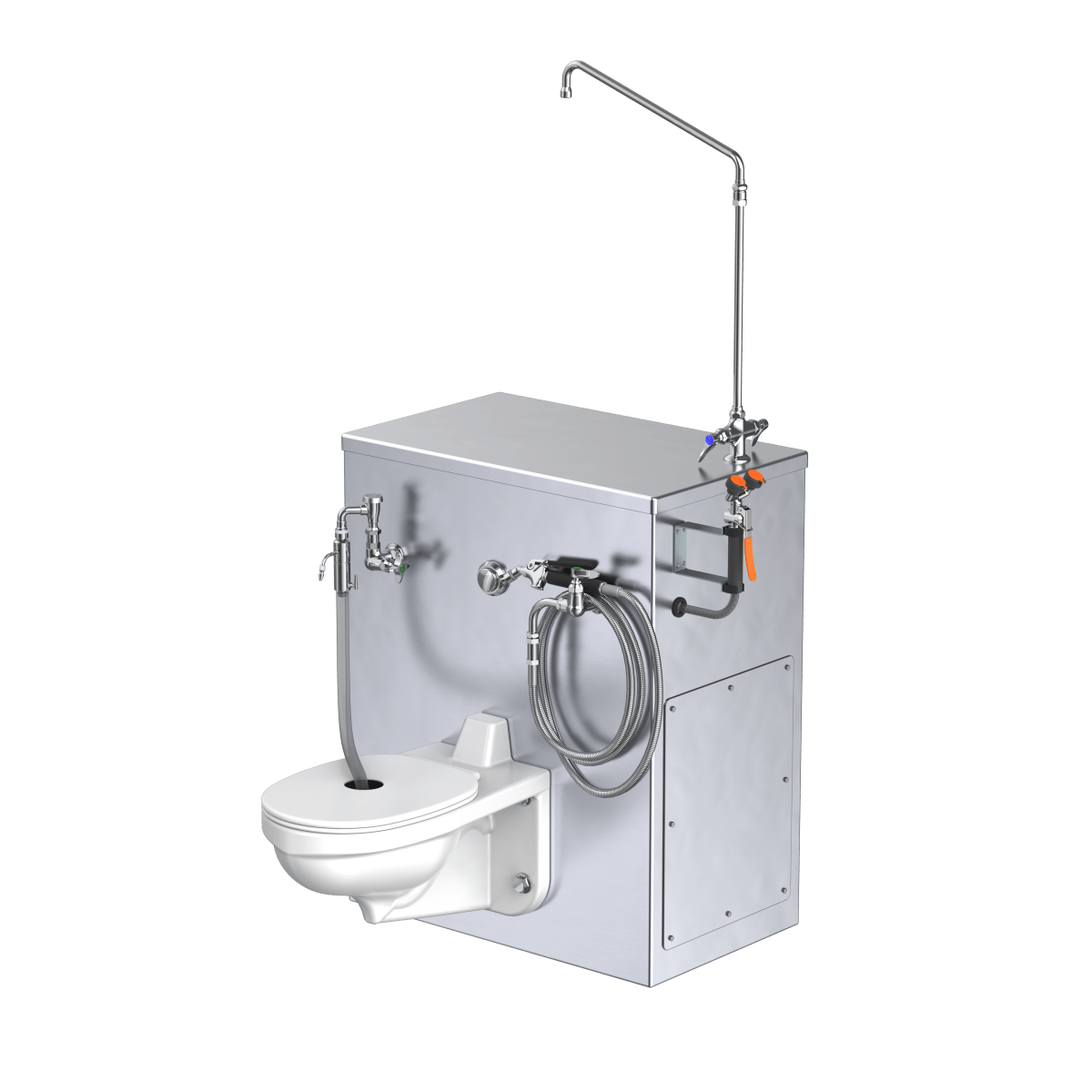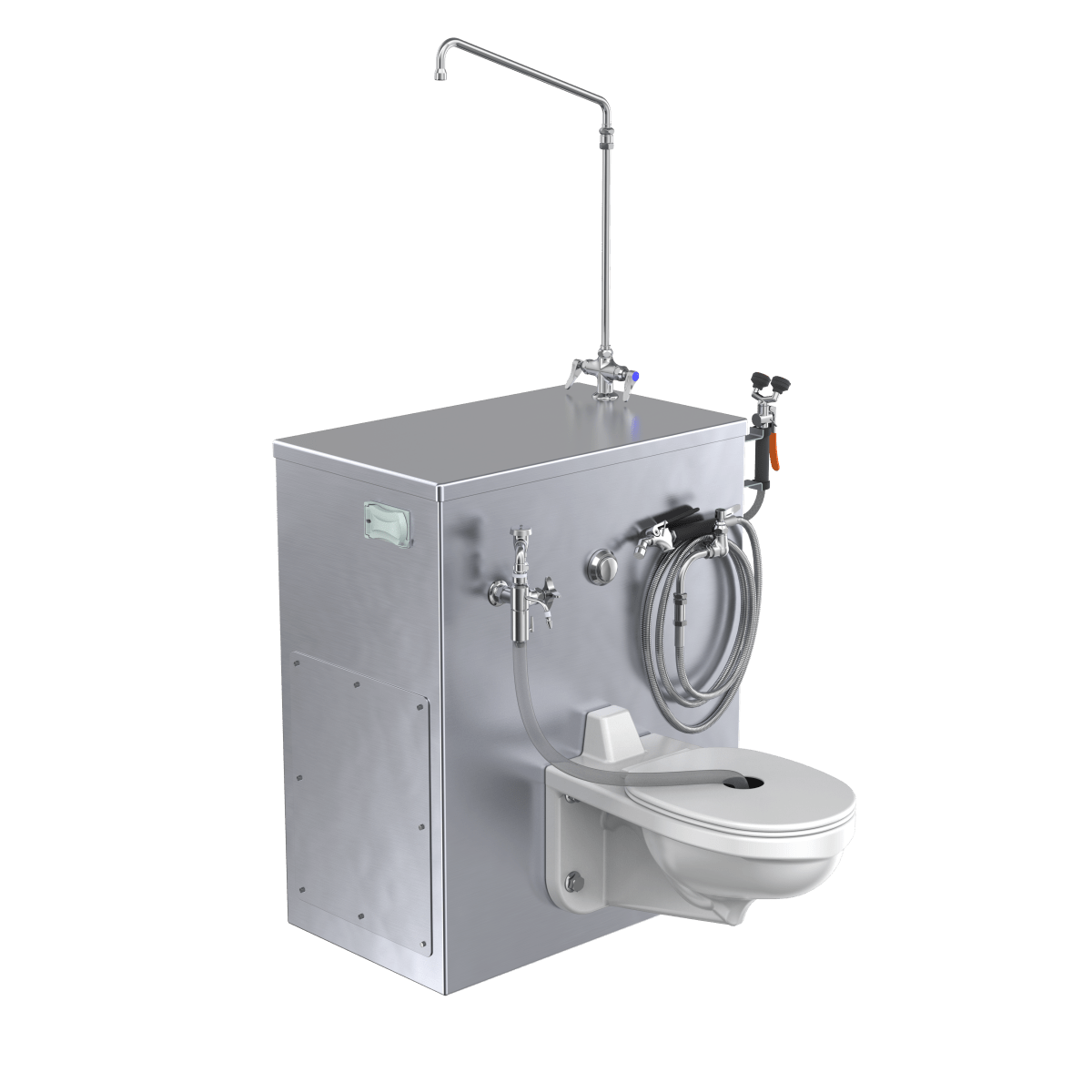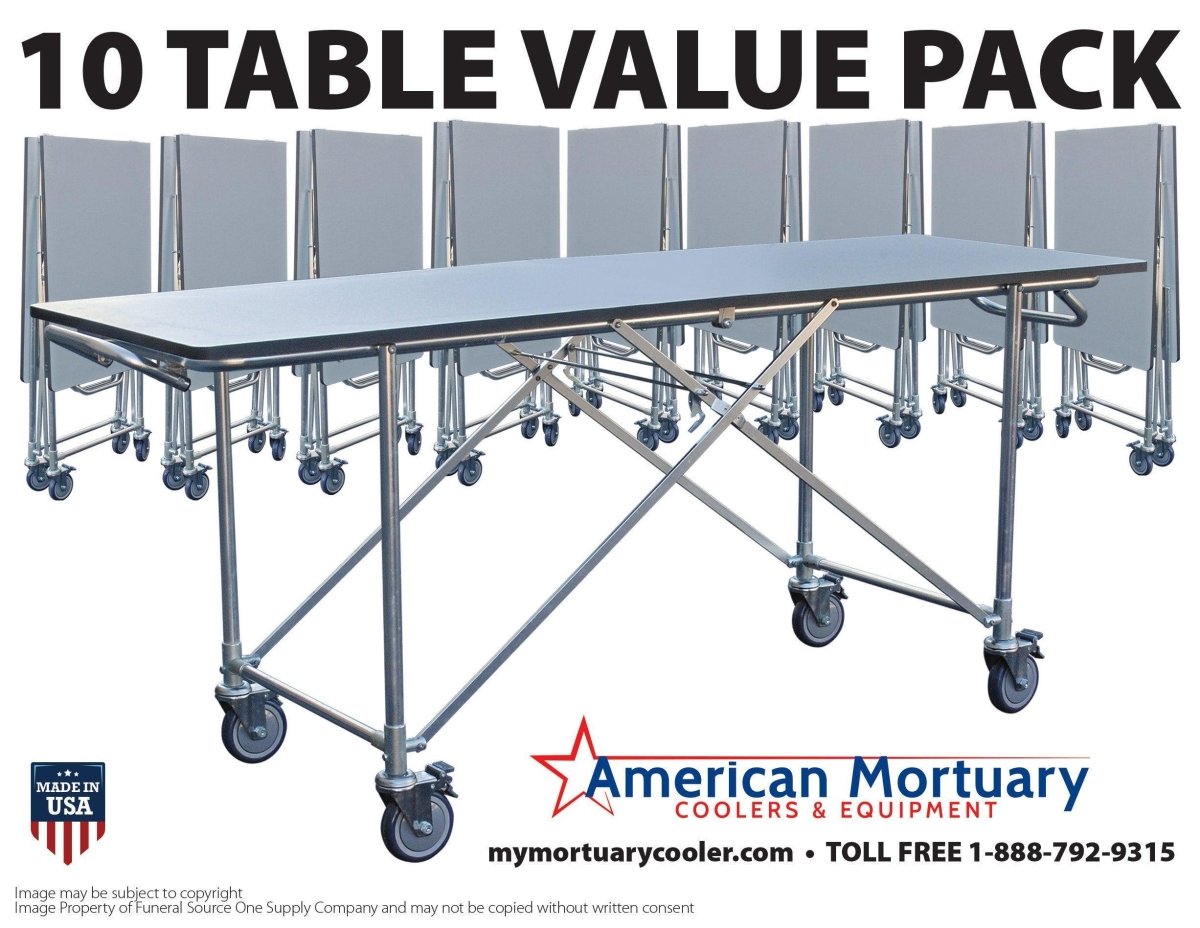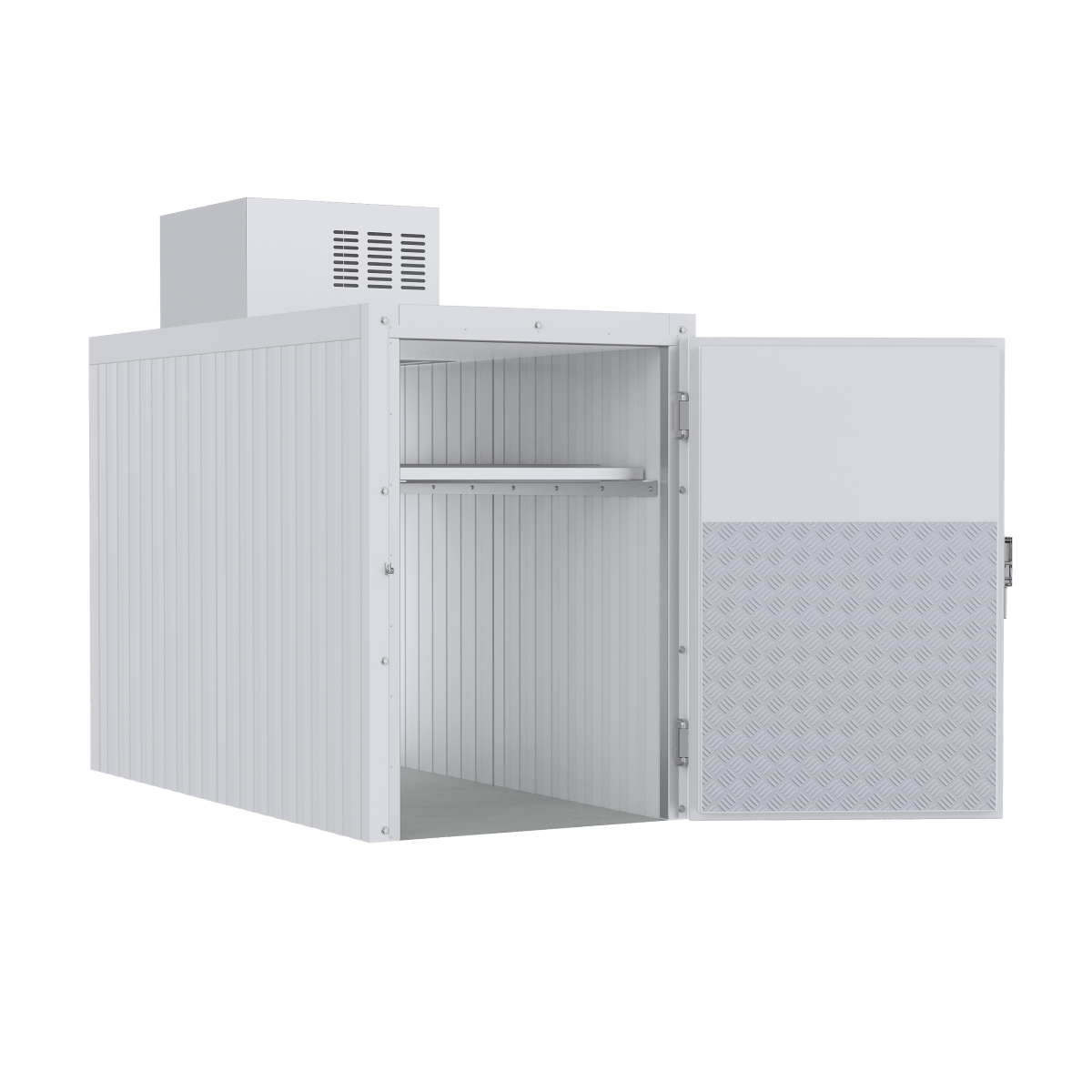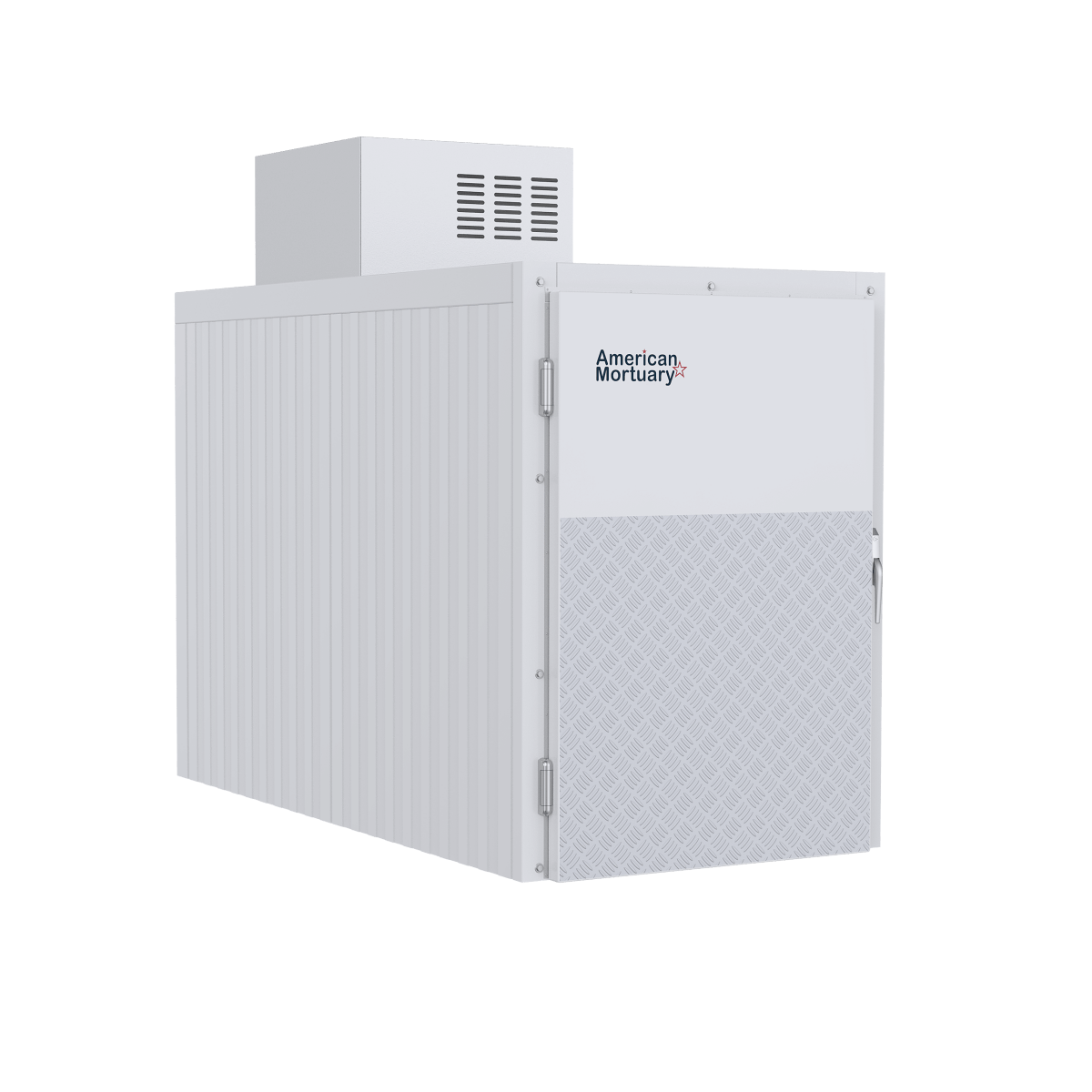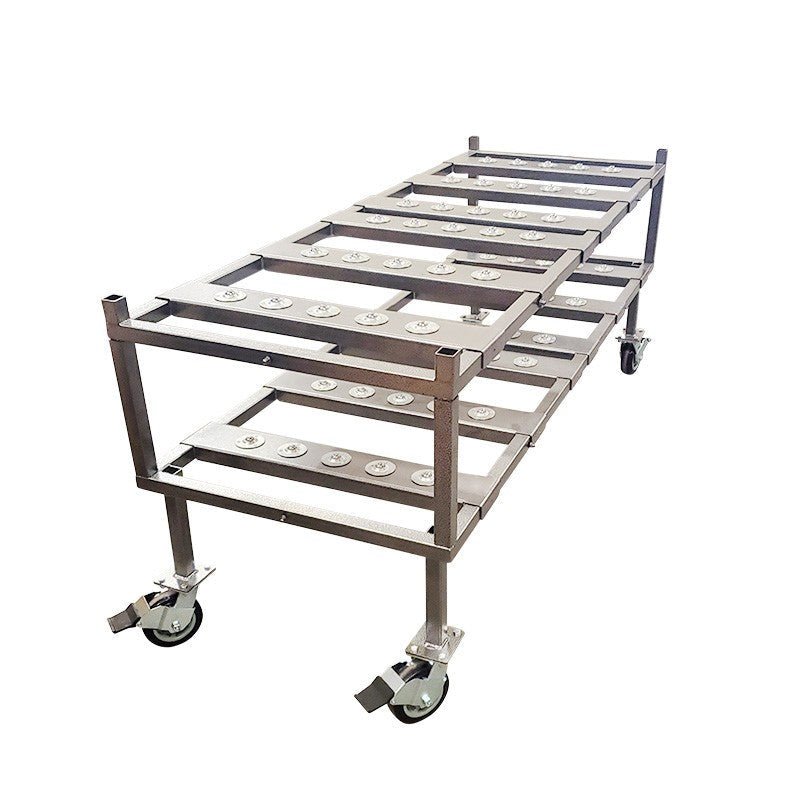Cremation systems are at the forefront of modern farewells, providing a dignified and efficient method for handling the remains of loved ones. As families increasingly seek more personalized and eco-friendly options, these systems are adapting to meet contemporary needs.
- Efficiency: Advanced cremation systems offer quick and reliable service, reducing time and energy consumption.
- Eco-Friendly Options: Innovations such as alkaline hydrolysis and bio-cremation present greener alternatives, minimizing carbon footprints and mercury emissions.
- Technology Driven: With features like remote diagnostics and touchscreen controls, modern systems ensure precision and convenience in operation.
Cremation now accounts for a significant percentage of body disposals worldwide. Many find comfort in its efficiency and increasingly sustainable practices. However, as with any critical service, it's important to choose the right system that balances cost, environmental impact, and operational needs.
In the following sections, we will dig deeper into understanding cremation systems and their key features, helping you make informed decisions for your funeral home or facility.

Basic cremation systems glossary: - cremation chambers - cremation equipment - cremation retort
Understanding Cremation Systems
Types of Cremation Systems
Cremation systems come in various designs to cater to different needs and capacities. Single-chamber systems are perfect for facilities with a lower throughput, offering a straightforward and efficient solution. These systems are often used in smaller funeral homes or facilities focusing on individual cases.
For higher demand, multi-chamber systems provide a robust solution. These systems can handle multiple cremations simultaneously, increasing efficiency and throughput. They are ideal for larger operations where time and capacity are critical factors.
Automated systems are a step further in innovation, offering automation for tasks such as loading, operation, and even diagnostics. These systems reduce manual intervention, enhancing safety and efficiency.
Technological Advancements
Modern cremation systems have integrated advanced technology to improve functionality and reduce environmental impact. Remote diagnostics is one such advancement, allowing technicians to monitor and troubleshoot systems from afar. This reduces downtime and ensures consistent operation.
Touchscreen controls have become standard in many cremation systems, simplifying operation. These interfaces provide operators with easy access to system settings and real-time data, ensuring precise control over the cremation process.

Another critical area of advancement is emissions control. As cremation contributes to carbon and mercury emissions, modern systems are equipped with advanced filtration and emission reduction technologies. These innovations help in minimizing the environmental impact, aligning with the growing demand for sustainable practices.
Incorporating these technologies not only improves the efficiency of cremation systems but also ensures they comply with environmental regulations, making them a smart choice for any facility looking to modernize its operations.
Environmental Impact of Cremation
Eco-Friendly Innovations
Cremation, a widely chosen method for final farewells, has traditionally been linked to environmental concerns due to its carbon emissions and potential pollutants like mercury vapor. However, advancements in cremation systems are leading to more sustainable practices.
Green funeral choices are becoming increasingly popular as individuals seek environmentally friendly ways to say goodbye. Innovations in cremation technology are being explored to reduce the ecological footprint of this process.
Energy-efficient designs in modern cremation systems are making a significant impact. These systems incorporate advanced insulation and combustion techniques to minimize energy consumption. By optimizing fuel usage, they not only reduce costs but also lessen the environmental impact of cremation.
As the demand for sustainable practices grows, cremation systems continue to evolve. Facilities can now choose from a range of eco-friendly options that align with both regulatory requirements and consumer preferences for greener final rites. This shift towards more environmentally conscious solutions reflects a broader commitment to reducing the ecological impact of modern farewells.
Choosing the Right Cremation System
Key Features to Look For
When selecting a cremation system, consider several key features that ensure both efficiency and sustainability. Here's what to focus on:
Capacity Considerations
The capacity of a cremation system is crucial. Systems like the Phoenix II-1 can handle up to 1,000 pounds, catering to larger cases. This is vital for facilities that deal with high volumes or require flexibility in handling different body sizes.
Operational Efficiency
Efficiency is key in modern cremation systems. Automated features, like those found in fully automated cremators, streamline operations and reduce the margin for error. With systems capable of 24/7 operation, such as the FT II and FT III, facilities can manage high-demand periods without compromising performance.
Cost-Effectiveness
Cost is always a concern. Systems like those from B&L Cremation Systems offer various models suited for different production volumes, ensuring you don't overspend on features you don't need. Additionally, energy-efficient designs help minimize operational costs by reducing fuel and electricity consumption.
Automated Operation
Automation takes the guesswork out of the process. Systems that adjust automatically based on case and container weight, like the Cremation Systems CFS2300, eliminate the need for manual intervention, enhancing both safety and efficiency.
Modular Hearth Systems
The introduction of modular hearth systems, such as the Quick Change hearth tile system, simplifies maintenance. Traditional hearth replacements can take days, but modular options allow for fast replacements, reducing downtime to just one day.
Fuel Efficiency
Fuel efficiency is another critical factor. Cremators with advanced combustion techniques optimize fuel usage, leading to lower costs and reduced environmental impact. For example, the FT cremators are designed to keep energy consumption as low as possible, which is increasingly important with rising energy costs.
By focusing on these features, facilities can select a cremation system that meets their operational needs while also supporting sustainable practices. This ensures that they provide respectful and efficient services while managing costs and environmental impact effectively.

Frequently Asked Questions about Cremation Systems
What is the average cremation time?
When it comes to cremation systems, one common question is about the average time it takes to complete a cremation. The answer varies based on the system used and the load capacity. For example, some high-capacity cremation systems offer cremation times between 60 to 70 minutes with a load capacity of up to 1,000 pounds. On the other hand, lower volume systems can take around 150 minutes. The choice of system impacts not only the time but also the efficiency of the operation.
How do cremation systems control emissions?
Controlling emissions is a significant concern, especially with the environmental impact of cremation. Modern cremation systems incorporate advanced technologies to minimize emissions. Many systems include fully automated features with filter technology and continual emissions control. These features help reduce pollutants like mercury, which is a byproduct of cremation. The UK has already mandated mercury filters to cut emissions in half, highlighting the importance of emissions control.
Are there financing options available for cremation systems?
Cost management is a crucial aspect when investing in cremation systems. Fortunately, there are financing options available to help manage these expenses. Some financial institutions specialize in funeral home lending, offering custom financing solutions for purchasing cremation equipment. This can ease the financial burden and allow facilities to invest in the latest technology without compromising their budget. Financing options ensure that businesses can upgrade their systems to more efficient and environmentally friendly models, supporting both operational and ecological goals.
Conclusion
As we wrap up our exploration of cremation systems, it's clear that the industry is evolving rapidly, driven by technological advancements and environmental considerations. At the heart of this change is American Mortuary Coolers, a company committed to providing affordable solutions for the funeral industry. By offering cost-effective mortuary equipment, including walk-in coolers and embalming tables, we aim to support funeral homes and medical examiners in delivering respectful and modern farewells.
Our extensive reach across the United States and beyond, including locations in Canada, Jamaica, and the Bahamas, underscores our dedication to serving diverse communities. We understand that choosing the right cremation equipment is crucial, not just for operational efficiency but also for environmental impact. That's why we prioritize systems that are both energy-efficient and capable of minimizing emissions.
For those considering a switch or upgrade to more eco-friendly cremation systems, we offer a range of options that align with both budgetary needs and sustainability goals. By leveraging advanced features like automated operation and modular hearth systems, our equipment ensures both cost-effectiveness and high performance.
In conclusion, American Mortuary Coolers is more than just a provider of funeral equipment; we are a partner in the journey toward modernizing the cremation industry. Our commitment to affordability and innovation ensures that you can offer dignified and environmentally conscious services to families in need.
For more information on our products and services, visit our American Mortuary Coolers service page.


